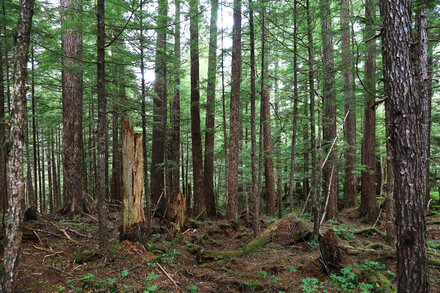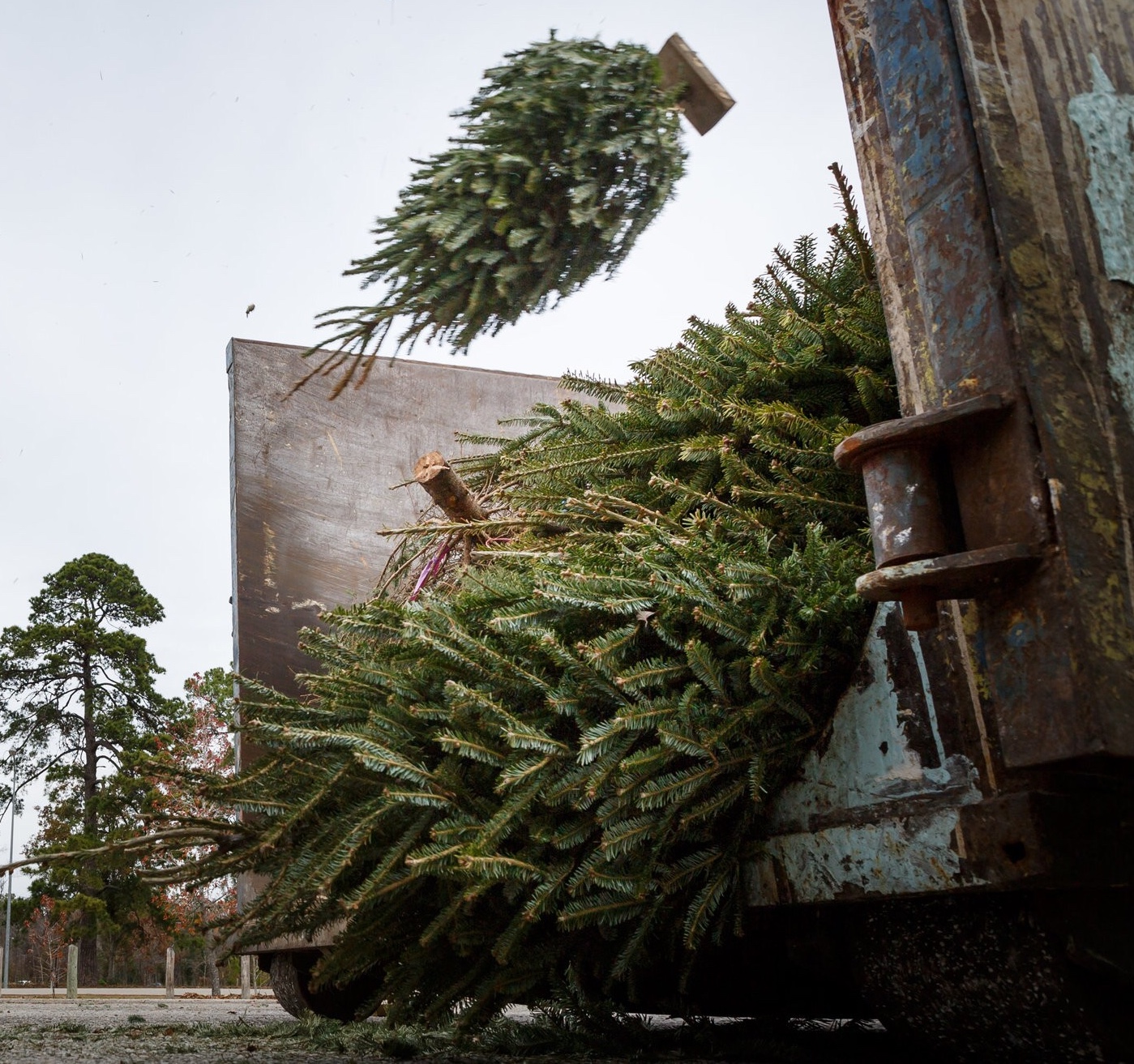trees
you gotta have trees.
trees capture carbon from the atmosphere and store it in their wood, leaves and roots, helping mitigate climate change. Annually in the United States, forests capture and store almost 15% of the country's carbon emissions from burning fossil fuels.
trees bind the soil, sequester carbon, improve soil fertility and also improve infiltration and recharge of groundwater, and release oxygen by way of photosynthesis.
trees help to clean the air we breathe. Through their leaves and bark they absorb harmful pollutants and release oxygen. In urban environments, trees absorb pollutant gases like nitrogen oxides, ozone, and carbon monoxide, and sweep up particles like dust and smoke.
arboles sagrados /sacred trees.

sequestering CO2
trees reduce the amount of carbon in the atmosphere by sequestering carbon in new growth. As a tree grows, it stores more carbon by holding it in its accumulated tissue. The amount of carbon annually sequestered is increased with the size and health of the trees. When a tree is cut down and burned the carbon is released back into the air as carbon dioxide, reversing the effect of its lifetime work capturing greenhouse gas. Reforestation is one of the most effective ways to restore forest health and remove carbon from the atmosphere.
trees take in carbon dioxide, and store carbon in their trunks and release oxygen by way of photosynthesis. As a tree dies and decays, it releases much of the stored carbon back into the atmosphere. When the leaves land on the ground, soil microbes work to decompose the leaves and other organic matter, which releases carbon dioxide. Is trees are left to rot then methane is released into the atmosphere from decomposers.
birds, bees and butterflies
trees, plants and flowers are for the birds, bees and butterflies.
a tree can be planted for as little as 10 cents. Planting a tree is a gesture of goodwill towards people in the future. 2011 Felix Finkbinder proposed to plant a trillion trees. how many trees could fit in existing intact ecosystems? brasilia Brazil Saharo
oxygen O2
trees capture carbon dioxide in the atmosphere and produce oxygen O2, and humans need oxygen at nose level to live.

photosynthesis → (sunlight)
naturally, trees use photosynthesis to convert carbon dioxide from the air into nutrients that they use for food and growth.
6CO2 + 6H2O → C6H12O6 + 6O2. The reactants are converted by light energy captured by chorophyll (implied by the arrow) into a sugar molecule and 6 oxygen molecules, the products.
climate mitigation measures can bend the curve on increasing fire weather.
a little campfire is big smoke
remember, even a little campfire is big smoke. Only you can prevent wildfires!
tree canopy shades everything below it and helps to cool the environment. Trees cool the air by a process known as 'transpiration cooling'. As trees release water into the atmosphere from their leaves via transpiration, the surrounding air is cooled as water goes from liquid to a vapor. The water that is released in its gas vapor form has a cooling effect on the surrounding air.
help cool buildings
trees shade buildings and help cool buildings to reduce energy use. And trees break the cold wind and help homes stay warmer in cold regions.
leaves
leaves are natural stores of carbon. In the springtime, leaves soak up carbon dioxide from the atmosphere, converting the gas into organic carbon compounds. Come autumn, trees shed their leaves, leaving them to decompose in the soil as they are eaten by microbes. Over time, decaying leaves release carbon back into the atmosphere as carbon dioxide.
evergreens
evergreens look good all year. Pines are sun loving trees that can make good wind breaks and will protect your soil from erosion.

please don't kill Christmas trees. Why do we treat Christmas trees like old flowers and toss 'em after a few weeks? If you like Christmas trees, then plant an evergreen tree in your yard, maybe select a fir, pine or spruce.
Engelmann oak
a wonderful tree for California climate is the Engelmann oak International Oak Society
plant for the planet Felix Finkbeiner
onetreeplanted.org a non-profit org focused on global reforestation.